Sooner or later wanderlust takes you places mom warned you not to go. The streets are kinda dark and access to cash gets a bit hinky. Cops have more decorations than a shopping mall Santa. The State Department’s histrionic watch list just says “you’re on your own sucker.”
What exactly makes a country “troubled”? It’s a definition that slips around based on who’s telling. Some people won’t set foot in country unless they can count on prompt room service and a fluffy towel. Others wear hardship like a badge of honor. Objectively, “troubled” is about disruption to the things and services that make life stable. It’s not being able to count on a safe trip to the store, with food and water on the shelf and a currency that can reliably buy those things.
Troubled countries can range widely, from places like Greece and its economic uncertainty to outright failed states such as Syria or Haiti. Traveling to there isn’t the end of the world, even though it sometimes feels that way. Just because things aren’t necessarily safe or easy doesn’t mean that you shouldn’t go… just take a few extra precautions on your way, such as:
Know the difference between difficult and dangerous
Please consider this the world’s shortest letter to grandparents everywhere: just because a country shows up on Fox News does not mean it’s dangerous. Hell, earning Sean Hannity’s disapproval probably makes it a killer vacation spot.
There’s a huge difference between difficult and dangerous when it comes to travel. Difficult means logistical problems or low grade health concerns (like food poisoning). Dangerous means a realistic chance of meaningful physical harm.
Don’t avoid Colombia because of the old drug war or Cambodia because of its unexploded ordinance. On the other hand, don’t hit the Darien Gap just because it’s off the beaten path. Assess risk realistically, and embrace adventure without losing track of the fact that some places really are too dangerous for someone who can’t call in an air strike.
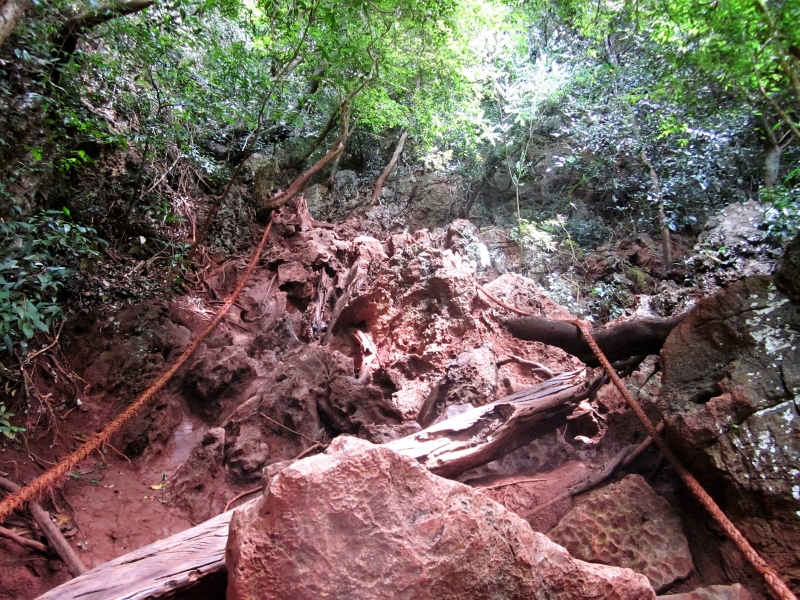
Difficult? Yes. Dangerous, a little. But the climb near Thailand’s Rayleigh Beach is completely worth it for the view.
See your doctor
When I was a child allergies kept me from getting the MMR shot, meaning that I had to rely on herd immunity instead of science to avoid the measles. While these days that would keep me out of California, several years ago it meant a lot of injections before I could go to Southeast Asia for the first time.
Modern infrastructure has stamped a lot of preventable illnesses out of the developed world that still thrive in some countries. Add that to local diseases (particularly tropical ones) and your body may not be ready for this trip. See the doctor to get shot up with vaccines and buy a bottle full of malaria pills that, if you’re like most travelers, you probably won’t take.
It’s expensive and painful, but a hell of a lot better than Hep C.
Be careful with water
“Don’t drink the water” is what Americans say to feel smug about Mexico. That doesn’t mean it’s not still worth checking into.
Before you go dunking your head, find out the condition of the local tap water. It can range surprisingly widely, not just “good/bad” but from “perfectly safe” or “try not to drink too much at one go” all the way to “don’t bathe in it if you don’t have to.” There are even some cities where the water lines have been run poorly next to the sewage mains, with a lot of fluid swapped between the two. The upshot is that you’ll want a bottle of water on the sink just to brush your teeth and shave with so you don’t end up scrubbing bacteria into your gums.
Ask around a bit about the water. It’s worth knowing.
Cash is king
Always know how you’ll get access to cash, or what you’ll do if that plan evaporates.
One of the hallmarks of troubled states is the failure of infrastructure, such as the surprisingly delicate electronic rails that make modern banking and credit cards possible. As a result people generally prefer (or even demand) cash in hand.
Yet ATM’s aren’t always your friend, and some places, like Myanmar or current Greece, have little-if-any reliable access, so budget accordingly and have an emergency plan. Cash gets stolen from time to time, and I can imagine few worse situations than having to rely on the kindness of the North Korean government in an emergency.
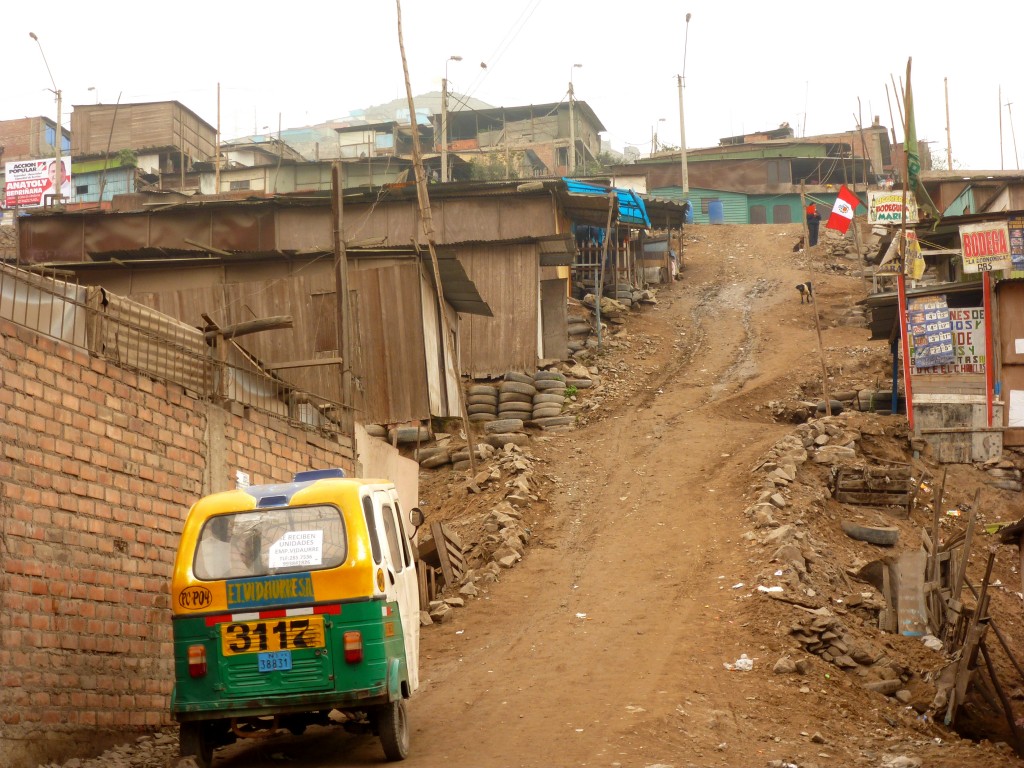
A road up into the Pamploma neighborhood of Lima.
Get out of the green zone
An interesting problem is emerging in developing economies. As tourism grows, many countries are segregating into tourist zones more or less reserved as playgrounds for the tourists and rich, and the normal bits for everyone else.
Noodling around Siem Reap, Cambodia, for example, you can zip by luxury hotels, a sleek but half-empty mall and the bustling KFC. At night local cops stand guard on either end of the Pub Street to, as was explained to me by the daughter of a local politician, keep out the wrong kinds of Cambodians. The clubs inside are loud, boozy and packed with travelers (and a small handful of wealthy locals).
Not far outside of downtown life changes dramatically. Traveling around the countryside you can swim with children in the West Bayon and pass through countless small villages. Electricity means hooking up the TV to a car battery (sold in stacks by the side of the road) and lunch means sitting at long tables without a single hamburger on the menu. Out on the Tonle Sap, an entire world exists in which people can go months without the sight of land.
It’s a different world, more challenging and a harder one to get to. But get there. Try to see a different side of the country you visit, not just the headline tour.
- Write More Listicles - August 12, 2021
- Find The Hard Interview - July 28, 2021
- Using Your Voice - August 22, 2018

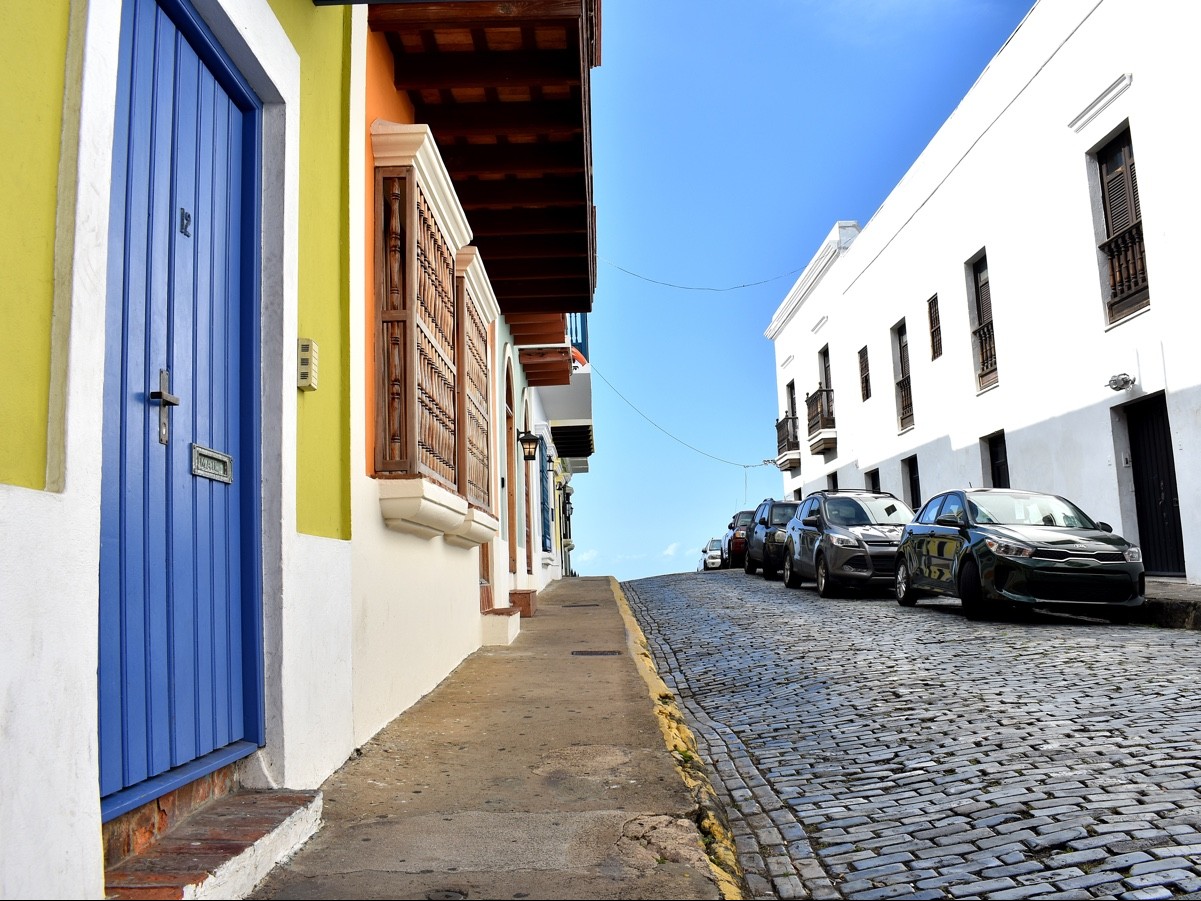
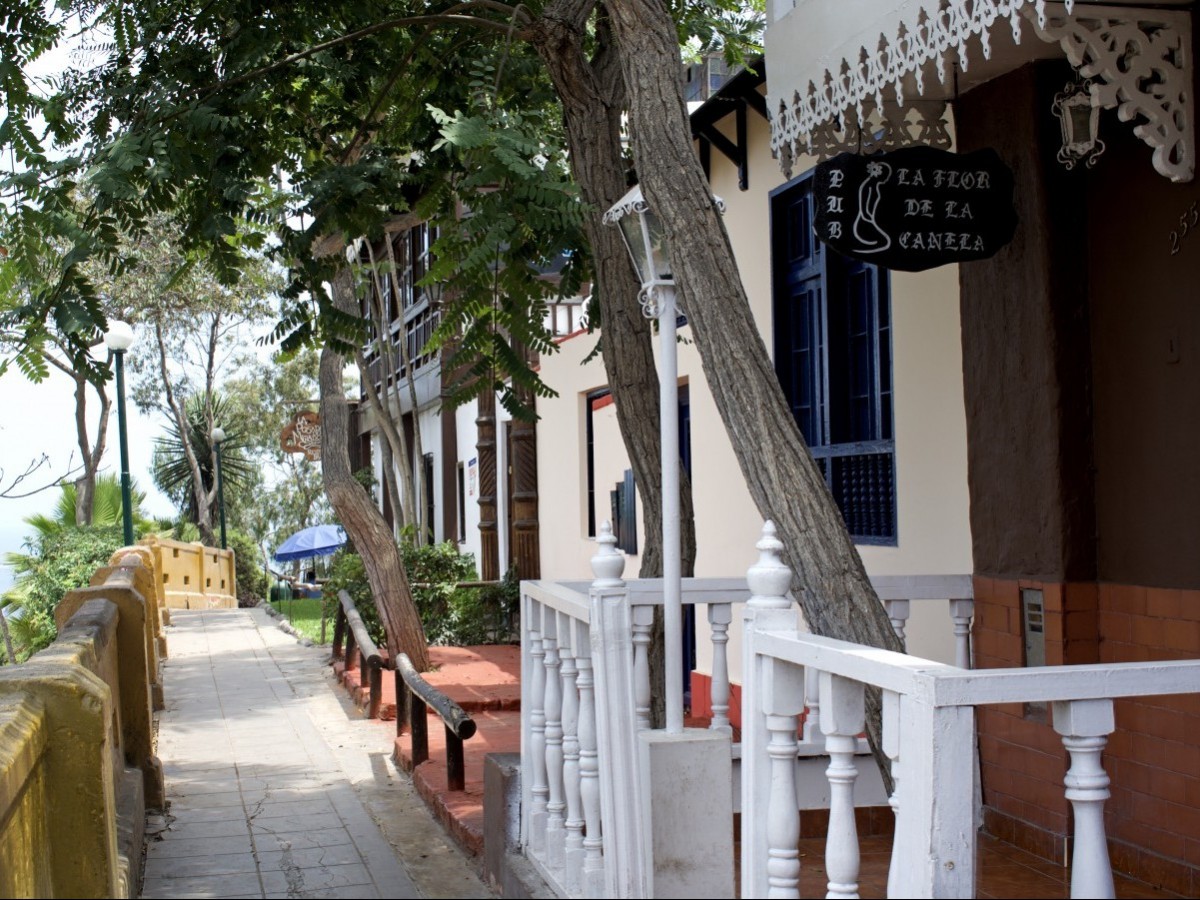
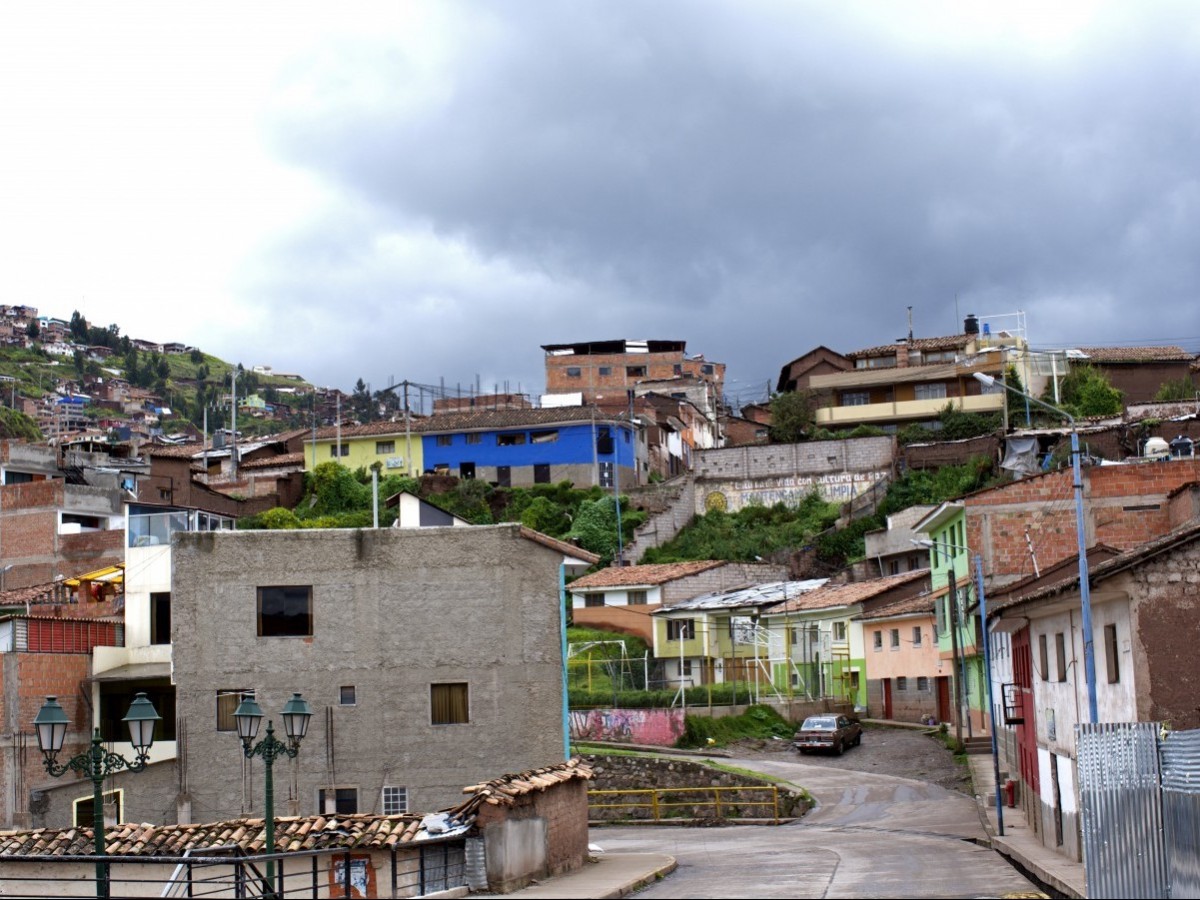
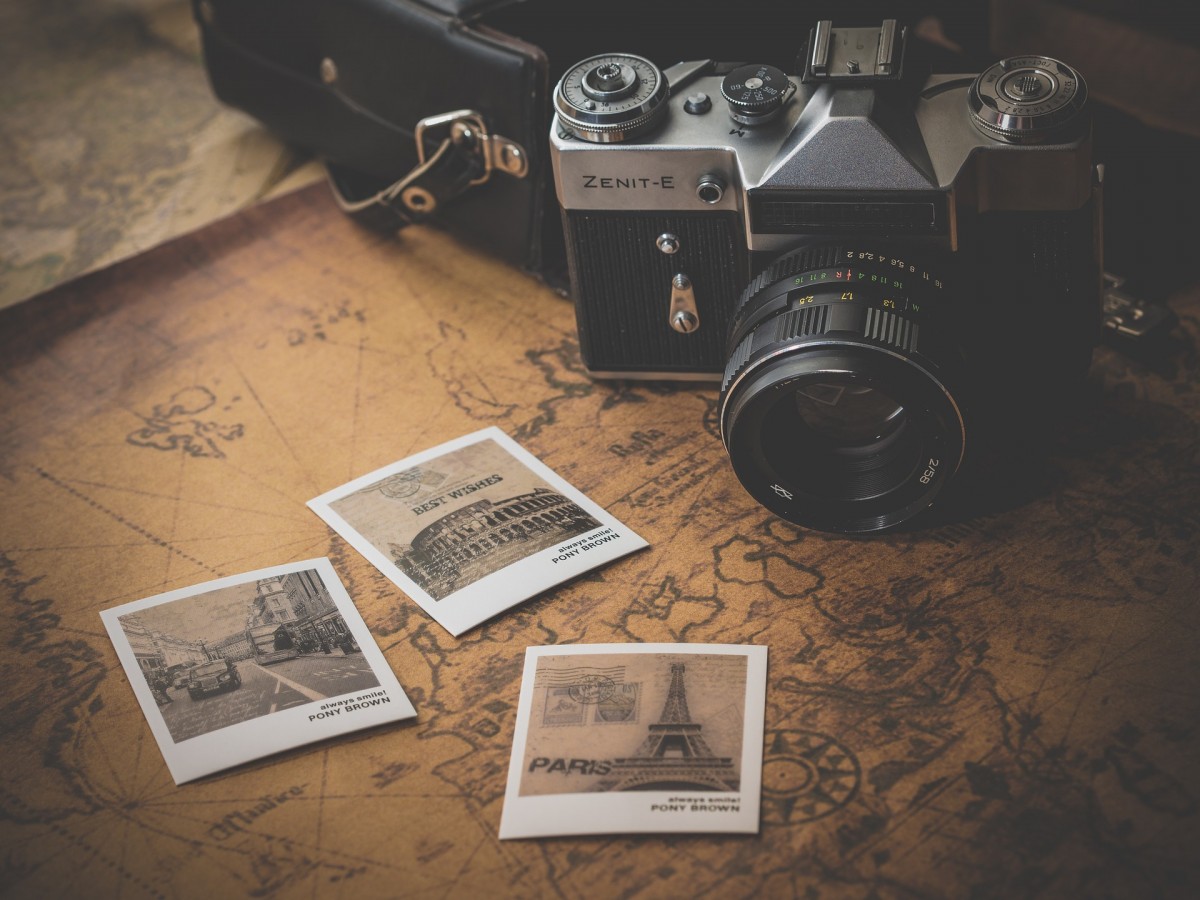
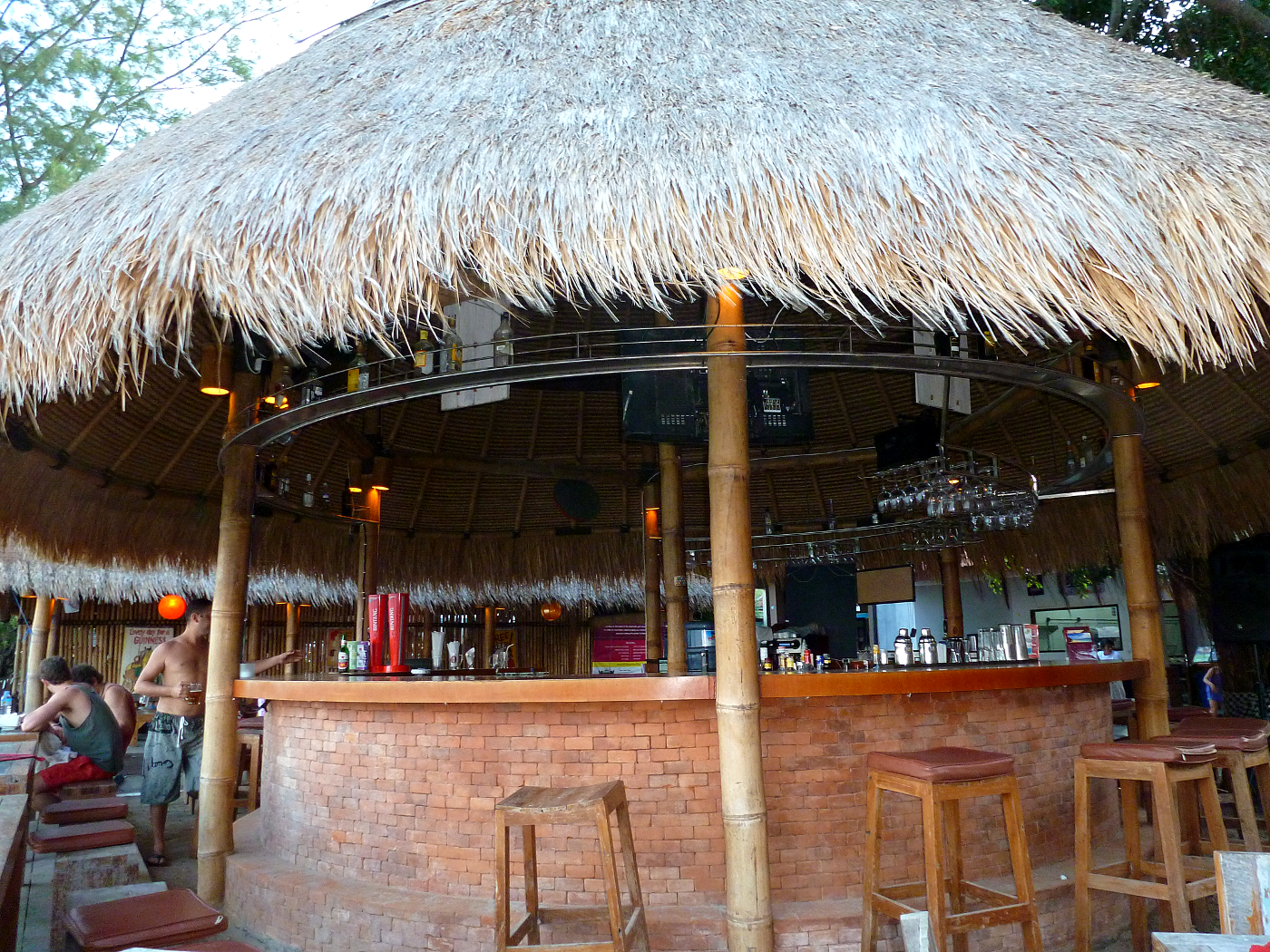
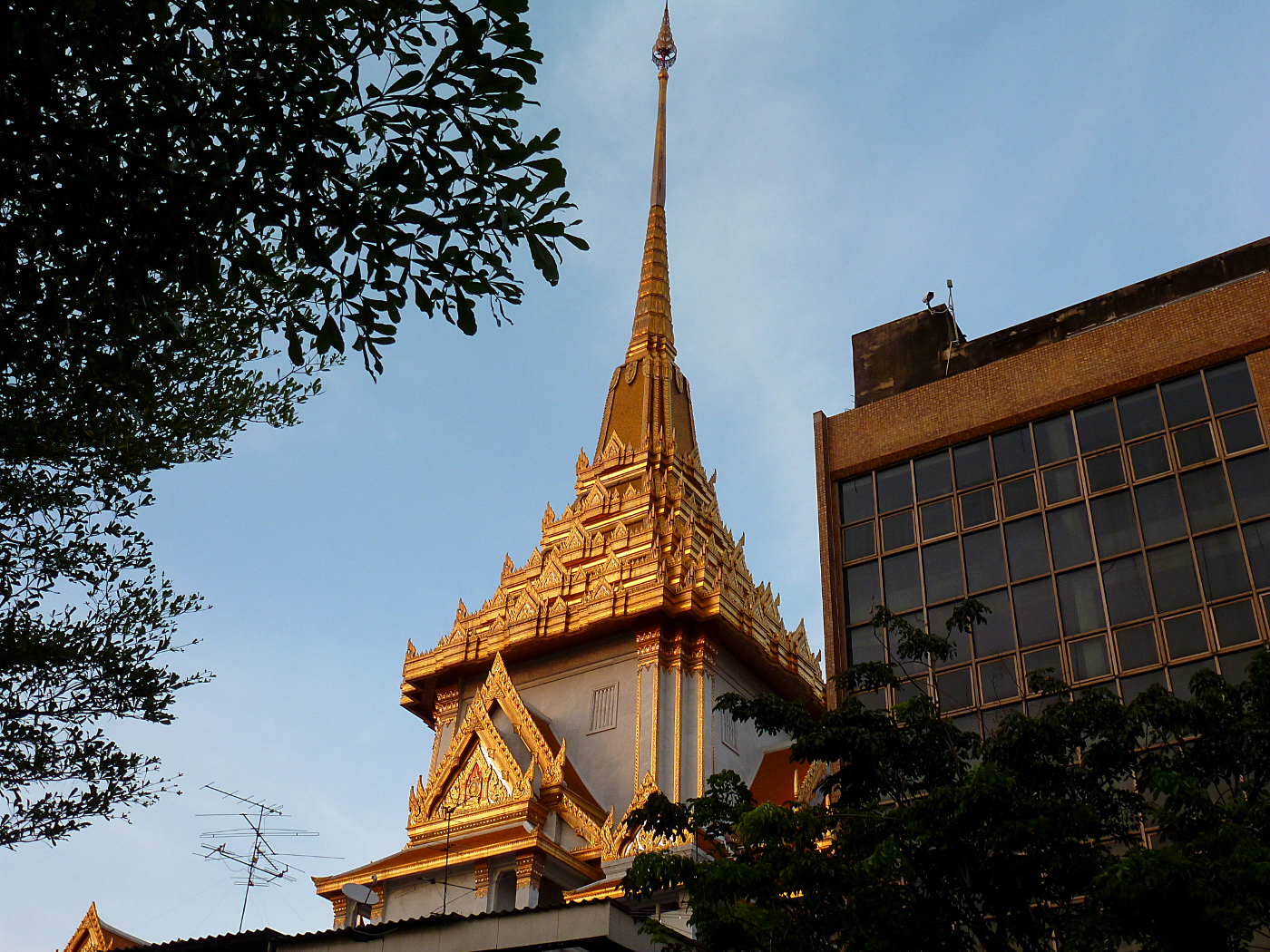
Leave A Comment